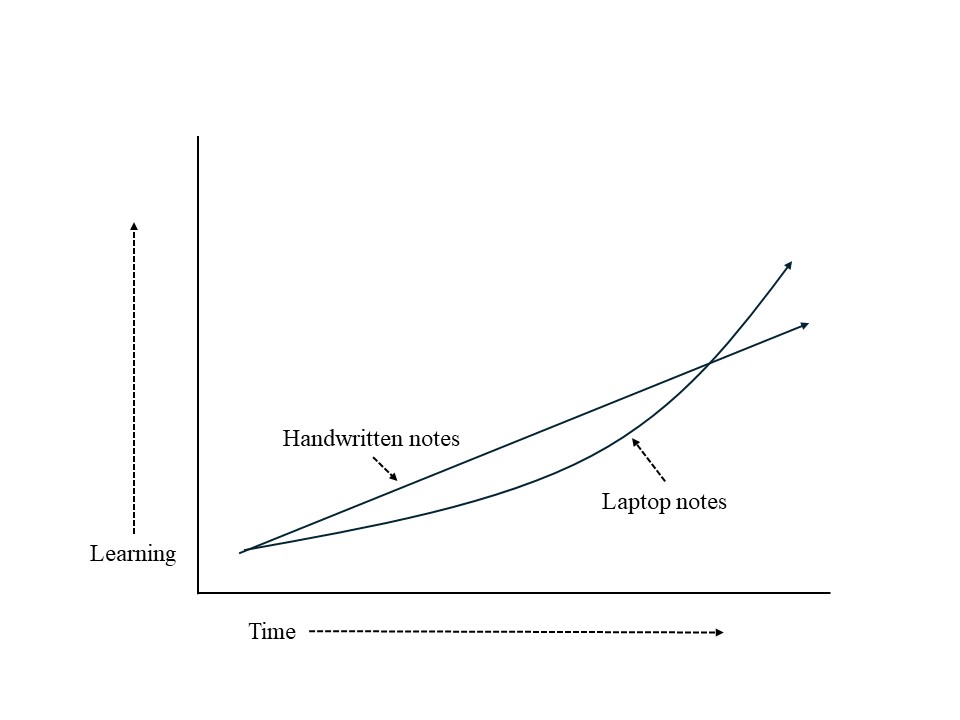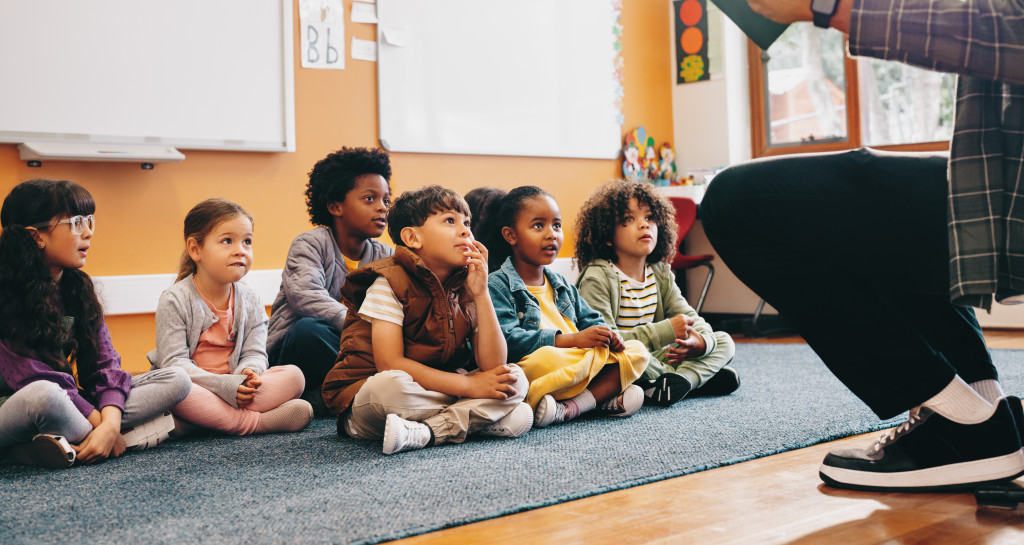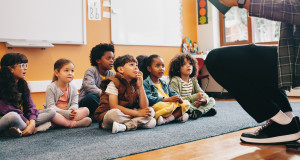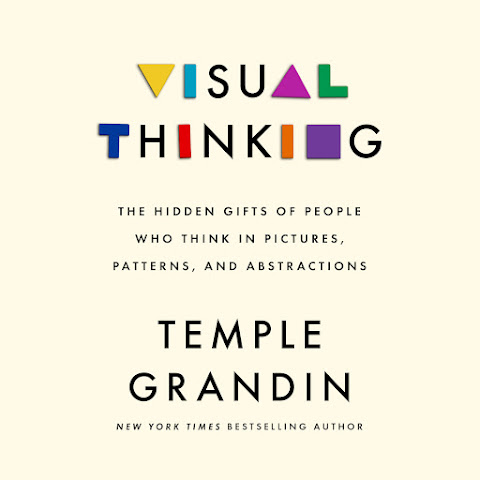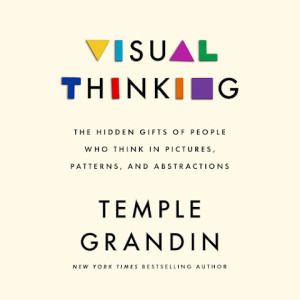I’m always grateful to have research guidance for my classroom work, but I have to admit: it can take A LONG TIME.
For instance, I’ve got an upcoming blog post about reseach into figdet spinners — and those little guys were a thing back in 2017. It took (can it be?) SEVEN years to look into their benefits/harms for students with ADHD.
However, I have to say that attention contagion is moving quickly.
I first heard about attention contagion — the idea that students can “catch” attentiveness, and inattentiveness, from each other — this summer. Back in that blog post, I noted that we’ve got only two recent studies on the topic. We need more research — and research in conditions that look like real classrooms — before we make too much of this concept.
Well, this research team (led by Noah Forrin) must have heard my request — they ALREADY have another study out. And, this one looks at students in a classroom-like setting. SO COOL.
The Setup
Team Forrin set up a fairly typical lecture hall scenario: rows of desks facing a large screen, where a video tape of lecture played.
60 students attended this “lecture,” and took notes as they did so. Afterwards they took a quiz on the lecture content and filled out a survey about the experience.
Here’s the key: fifteen of those 60 students were — basically — college-age actors. (The technical word is “confederates.”)
For half of the lectures, these actors were trained to be attentive: they took notes, sat upright, focused on the lecture video, and looked intersted.
For the other half, they were trained to be inattentive: they took no notes, slouched, looked around, and looked bored.
Notice — this detail will be important — the inattentive students were not distracting. They didn’t fidget or stretch or yawn or tap their pens or play games on laptops. (In fact, laptops and cell phones were not allowed.)
Importantly, the seating was carefully arranged. The non-actors were seated either…
… between actors, or
…behind or in front of actors, or
… far away from actors.
So, here are the questions:
Did the students catch attentiveness from the actors? Or, did they catch INattentiveness from actors?
And: did the seating location matter? Specifically, did the in between students or the in front/behind students react differently than the far away students?
The Payoff
Forrin and his colleagues had A LOT of data to sort, and I won’t go through it all. The results, in my view, aren’t terribly surprising — but they are very interesting. And, helpful.
First: yes, students could catch inattention from the actors.
Researchers know this because, when seated near inattentive actors:
On their surveys, the students rated themselves as more inattentive.
The took fewer notes.
They scored lower on the post-lecture quiz.
Second: students catch inattention when sitting next to or between inattentive actors.
I am — honestly — not surprised that students seated far away didn’t catch inattentiveness. (If you check out the seating diagram on page 4 of the study, you’ll see why.)
I am — and the researchers were — surprised that students DIDN’T catch inattentiveness when sitting behind or in front of inattentive actors.
By the way, you remember the important detail from above: the actors were trained to be inattentive but not distracting. Sure enough, those end-of-lecture surveys showed that the students were not distracted by classmates.
This point merits focus because we can have some confidence that the problem was actual inattentiveness — not distraction. The researchers, in other words, effectively isolated a variable — even though it’s a difficult one to isolate.
Practical Implications
Teachers since Plato have known to sit the distractible students between focused students. Well, this research suggests that we’ve been right all along.
More surprising, sitting students in front of or behind attentive peers doesn’t (in this study) have the same effect.
And, completely unsurprisingly, students sitting far away from attentive peers do not “catch” their focus.
Forrin’s team concludes by suggesting that further research be done in actual classrooms. Here’s hoping they publish that study soon!
Forrin, N. D., Kudsi, N., Cyr, E. N., Sana, F., Davidesco, I., & Kim, J. A. (2024). Investigating attention contagion between students in a lecture hall. Scholarship of Teaching and Learning in Psychology.
Thanks to professor Mike Hobbiss for drawing my attention to this study.






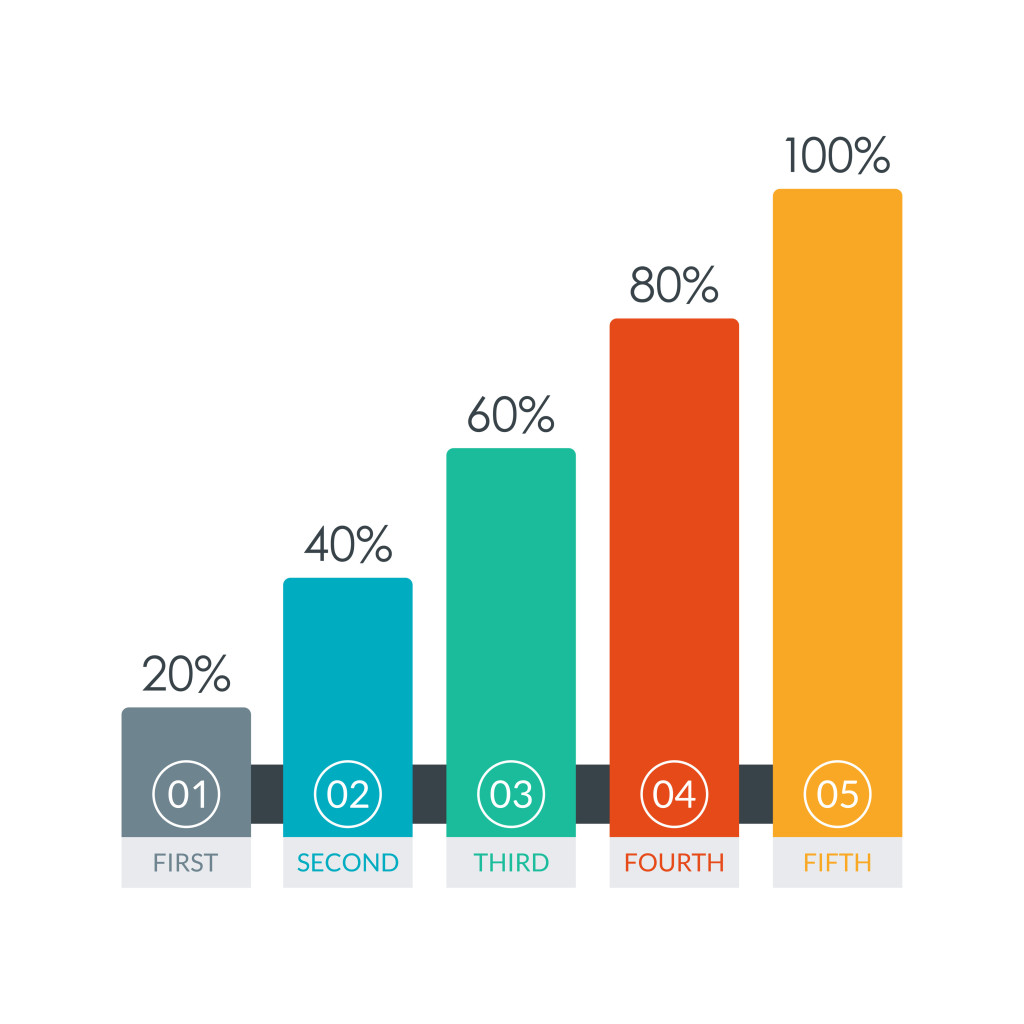
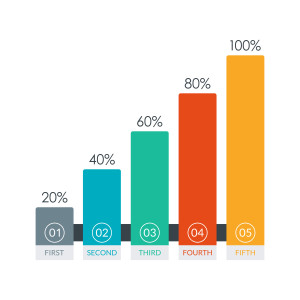
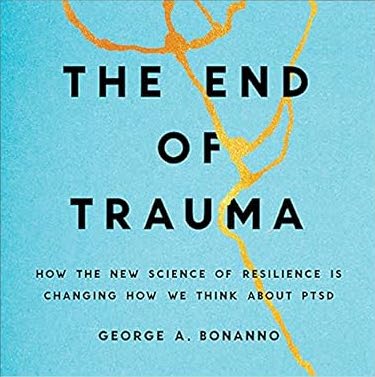

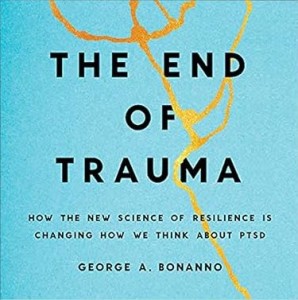


![Summer Plans: How Best to Use the Next Few Weeks [Repost]](https://www.learningandthebrain.com/blog/wp-content/uploads/2024/06/AdobeStock_497101353-1024x688.jpeg)

![The Jigsaw Advantage: Should Students Puzzle It Out? [Repost]](https://www.learningandthebrain.com/blog/wp-content/uploads/2024/02/AdobeStock_190167656-1024x683.jpeg)

